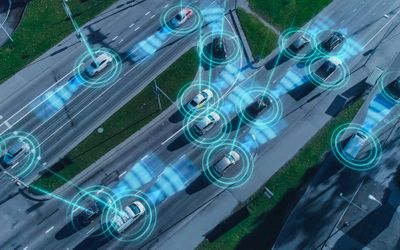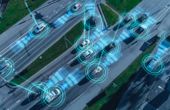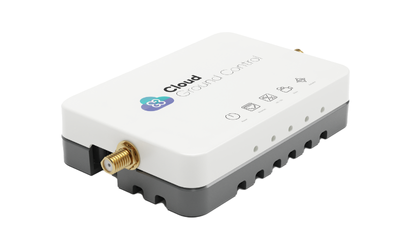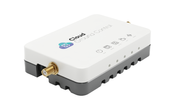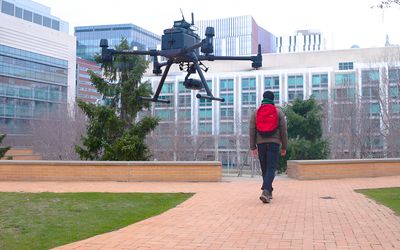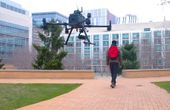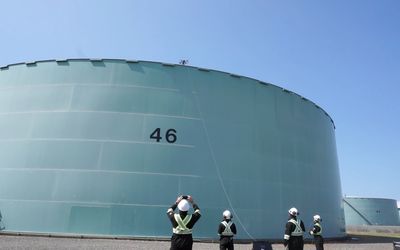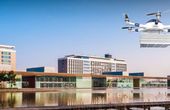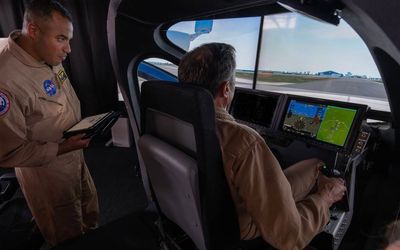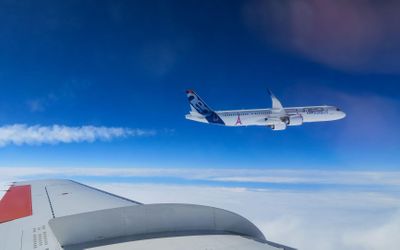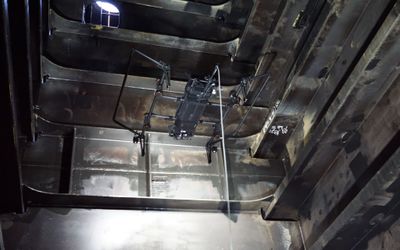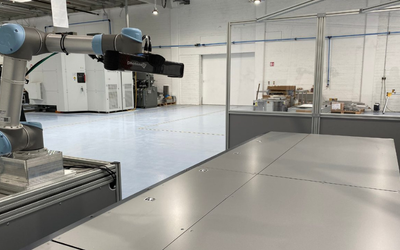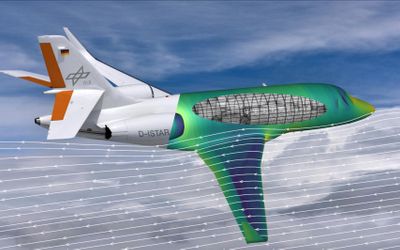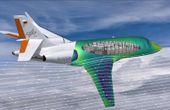In this article, we will dive deep into the world of simultaneous localization and mapping using Lidar technology. Lidar SLAM has been gaining popularity in recent years, thanks to its versatility and applications across various domains, including autonomous vehicles, mobile robotics, and indoor mapping.
Category
Aviation
Latest Posts
Developing Urban Air Mobility and future-proof cities needs planning, forward-thinking and just a bit of Serendipity
Air taxis and flying cars may seem like science fiction, but for Onland, founder of Serendipity, these are real-world technologies he’s helping cities and countries prepare for now.
In a world that runs on data, computer simulations are among our most powerful tools for investigating any scenario. The same is true for NASA Advanced Air Mobility (AAM) researchers as they plan the future of the national airspace. Together with industry partners, these researchers are delivering the data needed to allow self-flying electric air taxis and drones to execute flight paths as easily as your phone maps your car’s route.
Sustainable aviation fuels (SAFs) significantly reduce the climate impact of aviation in terms of both its carbon footprint and other climate impact not related to carbon dioxide. In the future, the targeted use of SAFs in contrail regions can help to rapidly reduce the climate impact of air transport. Flight tests using aircraft powered by 100 percent SAF are to take place again in order to prepare for this transition.
Decarbonisation of aviation relies on a combination of many incremental steps and outright technological breakthroughs. To succeed, both approaches need to exist inside a collaborative ecosystem. In this spirit, Airbus and two leading European research institutions, DLR and ONERA, are exploring how high-performance computing can improve our understanding of the relationship between aerodynamics and aircraft efficiency.


